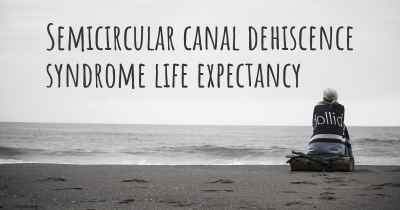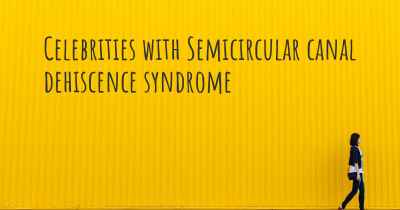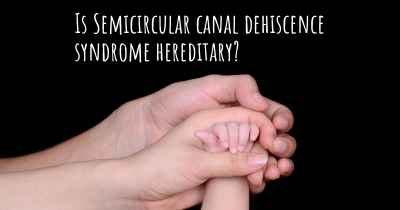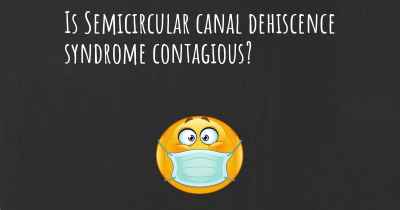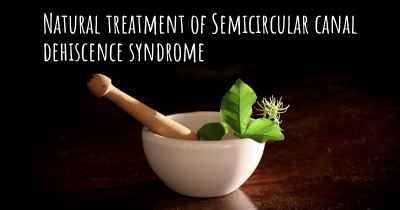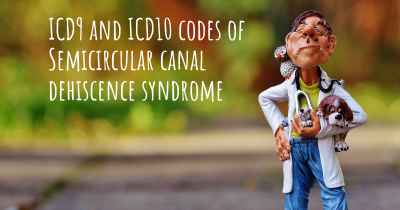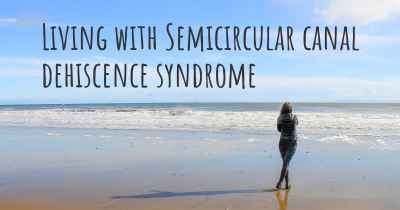Semicircular canal dehiscence syndrome diet. Is there a diet which improves the quality of life of people with Semicircular canal dehiscence syndrome?
Are you aware of a diet that can improve the quality of life of people with Semicircular canal dehiscence syndrome? Is there a diet that is suggested to avoid when having Semicircular canal dehiscence syndrome? See if there is a diet that can improve the quality of life of people with Semicircular canal dehiscence syndrome, recommended and to avoid food when having Semicircular canal dehiscence syndrome
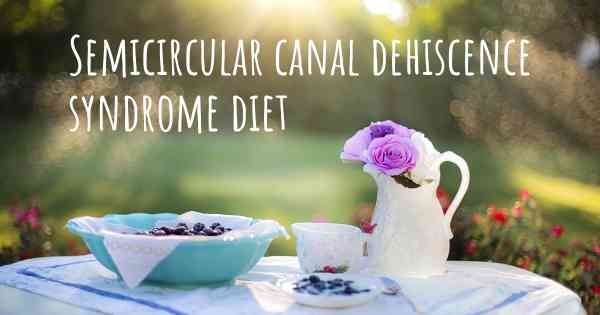
Semicircular Canal Dehiscence Syndrome Diet
Semicircular canal dehiscence syndrome (SCDS) is a rare medical condition that affects the inner ear. It occurs when there is a hole or thinning in the bone that covers the semicircular canals, which are responsible for balance and detecting head movements. This condition can lead to a variety of symptoms, including dizziness, vertigo, hearing loss, and sensitivity to certain sounds.
While there is no specific diet that can cure or treat SCDS, making certain dietary changes may help improve the quality of life for individuals with this condition. These dietary modifications aim to reduce symptoms and manage any associated issues, such as dizziness and hearing problems.
1. Low-Sodium Diet
Reducing sodium intake can be beneficial for individuals with SCDS. High sodium levels can lead to fluid retention, which can worsen symptoms such as dizziness and vertigo. Therefore, it is recommended to limit the consumption of processed foods, canned goods, fast food, and salty snacks. Instead, opt for fresh fruits, vegetables, lean proteins, and whole grains.
2. Caffeine and Alcohol Reduction
Caffeine and alcohol can trigger or exacerbate symptoms of SCDS. Both substances can affect the inner ear and disrupt the balance system. It is advisable to limit or avoid the consumption of coffee, tea, energy drinks, alcoholic beverages, and other caffeinated or alcoholic products.
3. Hydration
Staying hydrated is essential for overall health and can help manage SCDS symptoms. Drinking an adequate amount of water throughout the day can help maintain proper fluid balance in the body and reduce dizziness or lightheadedness.
4. Avoiding Trigger Foods
Some individuals with SCDS may find that certain foods or food groups trigger their symptoms. While trigger foods can vary from person to person, common culprits include spicy foods, fatty foods, and processed foods. It is recommended to keep a food diary to identify any potential triggers and avoid them.
5. Vitamin and Mineral-Rich Diet
A balanced diet rich in essential vitamins and minerals can support overall health and potentially alleviate some SCDS symptoms. Including foods high in vitamin C, vitamin E, magnesium, and zinc may be beneficial. These nutrients can be found in citrus fruits, leafy greens, nuts, seeds, whole grains, and lean meats.
6. Small, Frequent Meals
Some individuals with SCDS may experience fluctuations in appetite due to their symptoms. Eating smaller, more frequent meals throughout the day can help maintain stable blood sugar levels and prevent dizziness or lightheadedness associated with low blood sugar.
7. Stress Management
Stress can worsen symptoms of SCDS, so it is important to incorporate stress management techniques into daily life. This can include activities such as meditation, deep breathing exercises, yoga, or engaging in hobbies that promote relaxation.
While these dietary recommendations may help improve the quality of life for individuals with SCDS, it is important to note that each person's experience with the condition can vary. It is advisable to consult with a healthcare professional or a registered dietitian who can provide personalized guidance based on individual needs and medical history.
